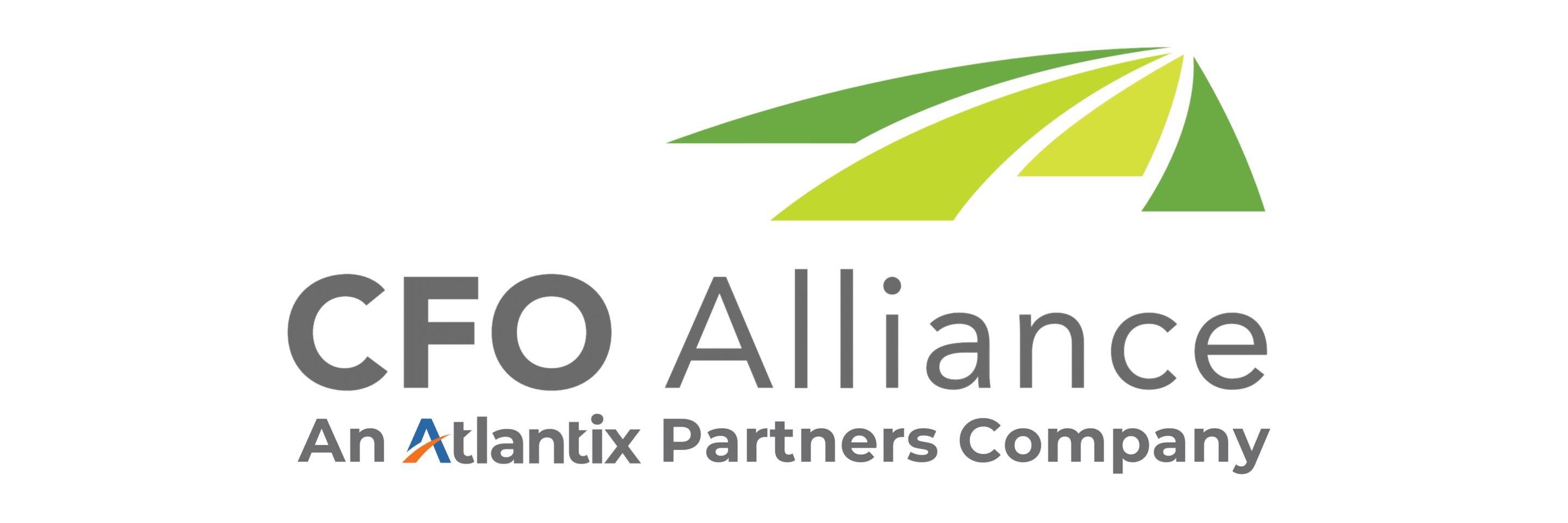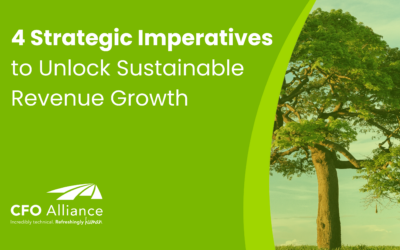How Diversification Helps You Stay Ahead of Risk in Any Economy
It’s no secret that diversification is a key risk mitigation strategy. High-profile banking failures like the recent SVB bank collapse have highlighted the need to avoid putting all your eggs in one basket, whether that basket is a bank, a single person on your team, or a legacy technology.
In the case of SVB, declining investment values prompted depositors to withdraw money that the bank couldn’t cover, and companies with all their money in that one bank found themselves with no more proverbial eggs. This is what’s known as a single point of failure.
Single points of failure can occur in any part of your business. They are the linchpins that hold a system together. If they fail, the entire system fails with them.
Identifying Single Points of Failure
As we saw with the SVB scenario, a single point of failure is an area of extremely high risk for your business. To reduce that risk, you’ll need to diversify not just your bank accounts, but any business area that has no redundancies.
Here are some areas to consider to get you started:
- Finance – Single points of failure in your finance department can impact revenue, profit, and ultimately the survival of your business. They may include:
- Access to Cash – Where do you keep your money? Is it all in one account?
- Banking Partners – If a bank collapses, does it take all your assets with it?
- Investments – Have you invested all your money in one area?
- Revenue Streams – Do you depend too heavily on a single revenue stream? What happens if that stream dries up?
- Customer Concentration – Relying on one market or one industry can be dangerous, because if that industry collapses, your business goes along with it. We saw this during the pandemic, when companies that relied on travel or events in public spaces had to close their doors.
- Customer concentrations can also occur at a more granular level. For example, if a large percentage of your revenue comes from a single customer, you should work toward adding additional client business to reduce the potential impact of losing that customer.
- Vendor Concentration – The same is true with vendor concentrations. If you rely heavily on one vendor or manufacturer and that vendor closes or there is an issue in that geographic area, you risk losing access to key products or parts. Look for opportunities to create redundancies in your supply chain so you won’t experience debilitating impacts if something happens beyond your control.
- People Strategy – A diversified talent strategy may include recruiting from a broad talent pool, expanding your talent search beyond your geographic area, cross-training your team, and hiring people with more than one skill set. Ask questions like these:
- Are you heavily dependent on one specific type of labor?
- Do all your best candidates come from one source?
- Are there pockets of institutional knowledge that reside with a single person?
- Could your business survive without you?
- Technology – If you rely exclusively on a legacy technology platform, your business could be seriously impacted if the manufacturer stops supporting it or something is damaged and can’t be replaced. In addition, take a look at your technology personnel. Do you have more than one person who can support, troubleshoot, and maintain your technology?
These areas of concentration are just examples. Single points of failure can occur anywhere: lines of business, data repositories, investments, products, supply chains, and more. They can be technologies, processes, systems, or individuals within your company who hold knowledge no one else has.
What is the antidote for these single points of failure? Diversification.
4 Ways to Diversify Risk in Your Business
Diversification starts with acknowledging weaknesses or flaws in a system that could later cause the whole to stop working efficiently. Ask yourself what is happening in the world, the economy, your industry, or a specific market that could disrupt business as usual. Then plan for it.
Here are 4 steps to help you identify and address areas of concentration:
Conduct a Risk Assessment — Your audit team conducts a risk assessment as part of the annual audit. This assessment identifies potential risks, looks at how those risks interact with each other and ranks them in order of priority. Once the assessment is complete, talk to your audit team and see where your greatest areas of risk and opportunity lie.
Examine Your Balance Sheet — Your balance sheet shows you assets and liabilities, making it easy to see areas of concentration. Look for concentrations in accounts, lines of business, assets, cash, debt, inventory, and other areas where single points of failure could negatively impact your access to working capital.
Prioritize Potential Risks — When choosing which areas to address first, ask these two questions:
- How likely is it that this area will fail?
- What is the magnitude of impact that would occur if this area failed?
-
You probably won’t be able to address every concentration at the same time, so use these questions to prioritize them.
Address Highest-Risk Areas First — Next, work with your management team to create a diversification plan. Diversify across areas of highest risk potential first. Here are a few ways to do that:
- Standardize and Automate Processes – Rather than relying on one or two people with training in a particular software or process, use technology to standardize and automate common tasks.
- Diversify Technology – Don’t rely on outdated legacy systems or complicated processes only a few people understand. Update your technology so that it can be easily learned, maintained, and upgraded.
- Diversify Knowledge – Work to eliminate knowledge concentrations so that no one person is irreplaceable. If you do have people like this, begin the process of documenting their processes and cross-training teams so all team members can do more than one thing.
- Diversify Access to Cash – Don’t put all your money in one account, or all your accounts with one bank. Diversify assets so that if one provider fails, you haven’t lost everything.
- Diversify Labor – AI innovation is moving swiftly, and we will all see impacts in our jobs. The good news is that it will also create new opportunities to use your people more strategically. Think about how you could leverage AI and automation to diversify your labor, give your best people more time to work on the heart of your business, and prepare for whatever is over the horizon.
We can’t predict the future or know exactly which of these areas will be affected by the next pandemic or banking collapse. However, we can identify exposures and mitigate risk as it occurs.
If you need help leveraging people, processes, and technology effectively to mitigate risk, let’s talk! Our team of financial leaders and doers serves as an extension of your executive department to clarify and simplify processes, provide strategic leadership, and support your CFO.
Contact us to see how we can help you get results!
4 Strategic Imperatives to Unlock Sustainable Revenue Growth
4 Strategic Imperatives to Unlock Sustainable Revenue GrowthCreating long-term, sustainable revenue growth takes more...
Future-Proof Your Workforce with a Modern Talent Agenda
Future-Proof Your Workforce with a Modern Talent AgendaWhat does the future of talent look like? It’s a fair question,...
The Talent Behind the Tech: How Skills-Based Hiring Supports Technology Innovation
The Talent Behind the Tech: How Skills-Based Hiring Supports Technology InnovationStaying relevant with technology in...




